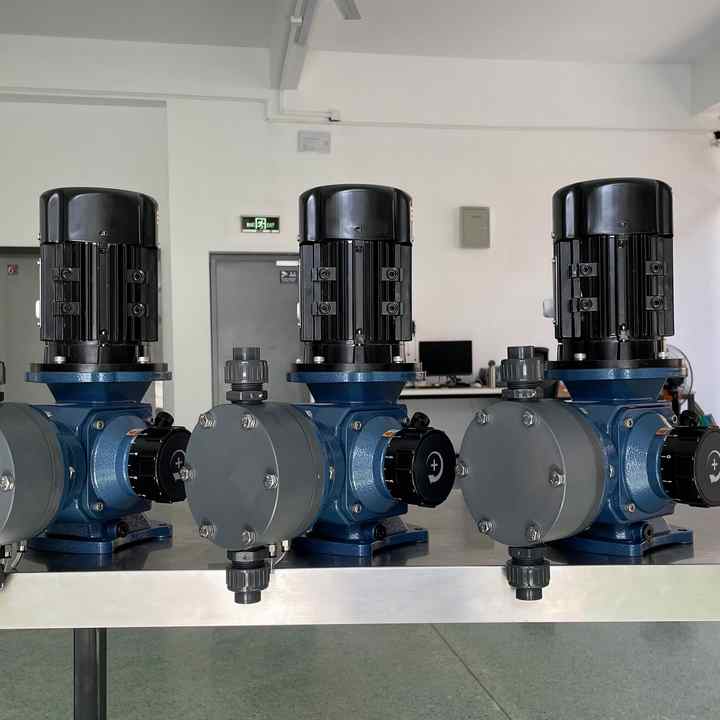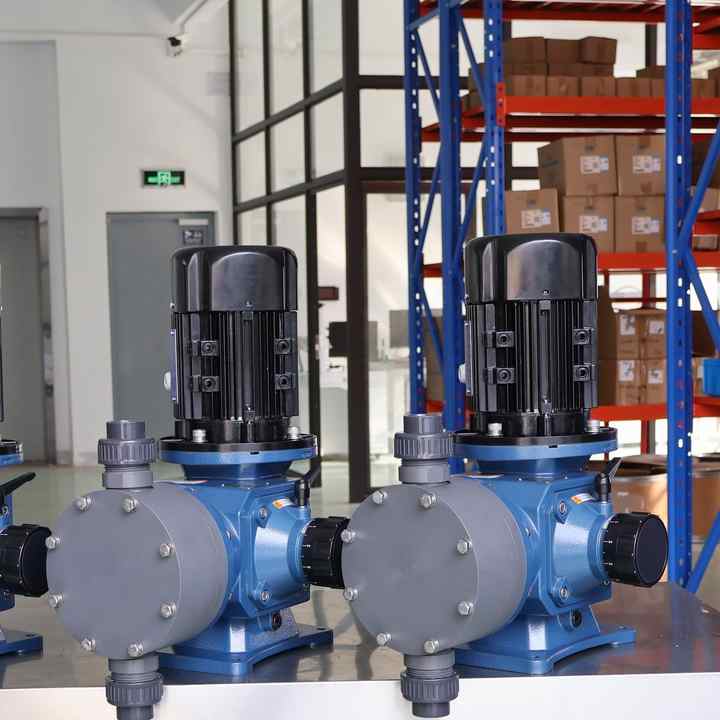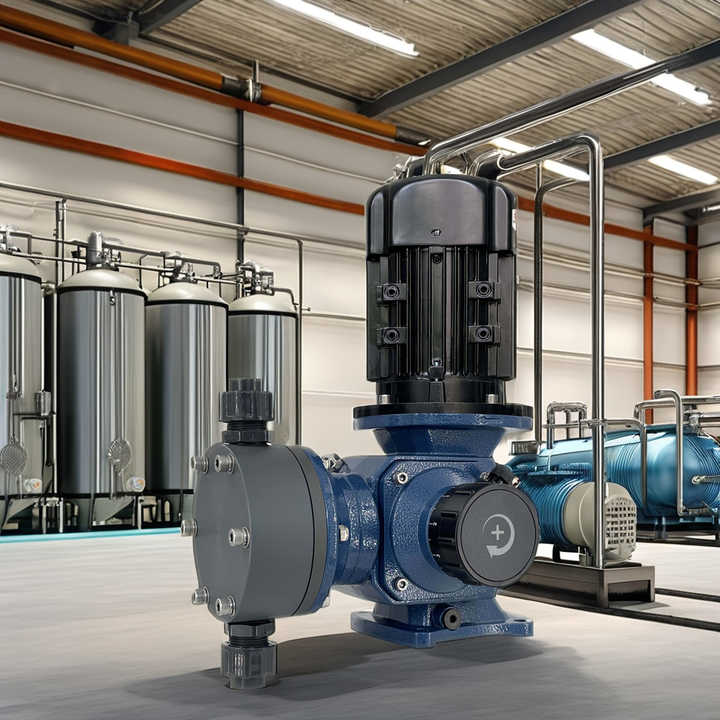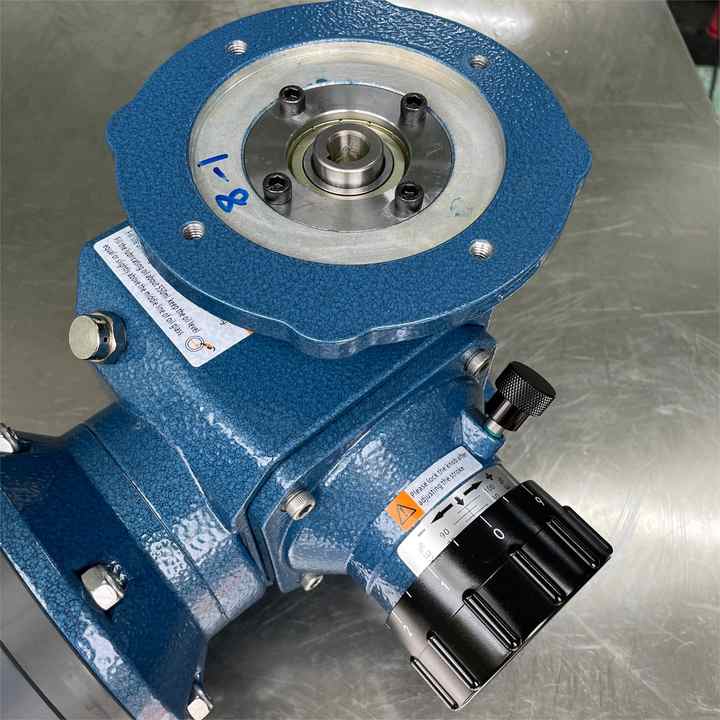Classification of Chemical Dosing Pumps
Chemical dosing pumps come in various types and classifications, each with its own characteristics and applications tailored to different user needs.
So, what are the different types of chemical dosing pumps? How do they compare, and what are their specific applications?
Classification of Chemical Dosing Pumps by Manufacturer
One of the easiest ways to classify chemical dosing pumps is by manufacturer, allowing customers to select the most suitable pump for their needs.
Each brand of chemical dosing pumps represents a distinct product line, with hundreds of models available. Customers should choose an authorized distributor of their preferred brand for expert consultation.
Some leading manufacturers include:
- OBL Dosing Pumps
- Hanna Dosing Pumps
- Blue White Dosing Pumps
- Fimars Dosing Pumps
- Injecta Dosing Pumps
- Milton Roy Dosing Pumps
- Doseuro Dosing Pumps
And many more reputable brands.
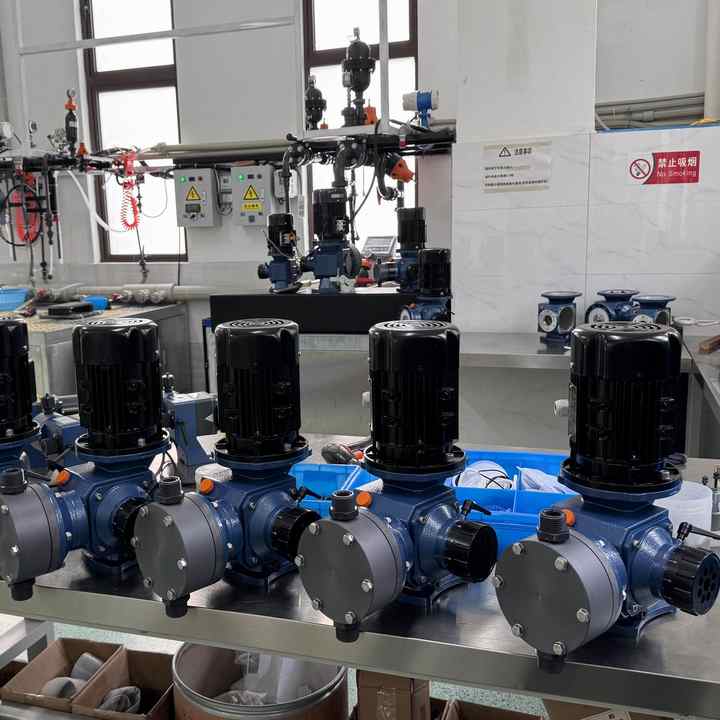
Classification of Chemical Dosing Pumps by Motor and Operating Principle
This method of classification is highly scientific but can be complex for users. Based on operating principles, chemical dosing pumps include piston dosing pumps, diaphragm dosing pumps, hydraulic dosing pumps, and magnetic dosing pumps. Each type has a different structure, working principle, and application.
- Piston Dosing Pumps: These are among the earliest dosing pumps available, known for their durability and stability. They are suitable for general liquid transfer applications where high sealing performance is not required, and the liquid is not overly viscous or requires high pressure.
- Diaphragm Dosing Pumps: These are the most popular and modern dosing pumps today. Many customers associate chemical dosing pumps exclusively with this type due to its widespread use.
- Magnetic Dosing Pumps: These pumps operate using a magnetic drive without a pump shaft, offering high-pressure capabilities suitable for a wide range of liquids.
- Hydraulic Dosing Pumps: These are complex and high-cost dosing pumps with extensive applications. More details on this pump type can be found in our subsequent articles.
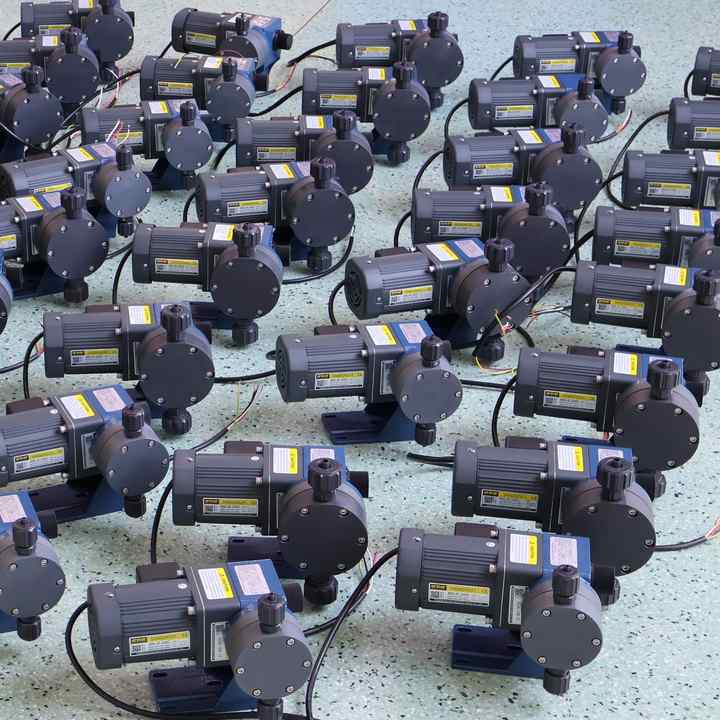
Classification of Chemical Dosing Pumps by Dosing Mechanism
This classification is based on user convenience and practical applications, dividing chemical dosing pumps into manually adjustable and automatically adjustable types.
- Manually Adjustable Dosing Pumps: These pumps feature a knob on the motor, allowing users to manually control the flow rate. They are more affordable but lack high precision since adjustments rely on manual operation.
- Automatically Adjustable Dosing Pumps: These pumps are equipped with a sensor in the motor, making flow rate adjustments easier and more accurate. They offer higher precision but come at a greater cost compared to manually controlled pumps.
Other Classification Methods
Additional classification methods include:
- By Power Capacity: Large-capacity dosing pumps and small-capacity dosing pumps.
- By Price Range: Budget-friendly dosing pumps and premium dosing pumps.
Customers should consider these classifications to select the most suitable chemical dosing pump for their specific needs.





